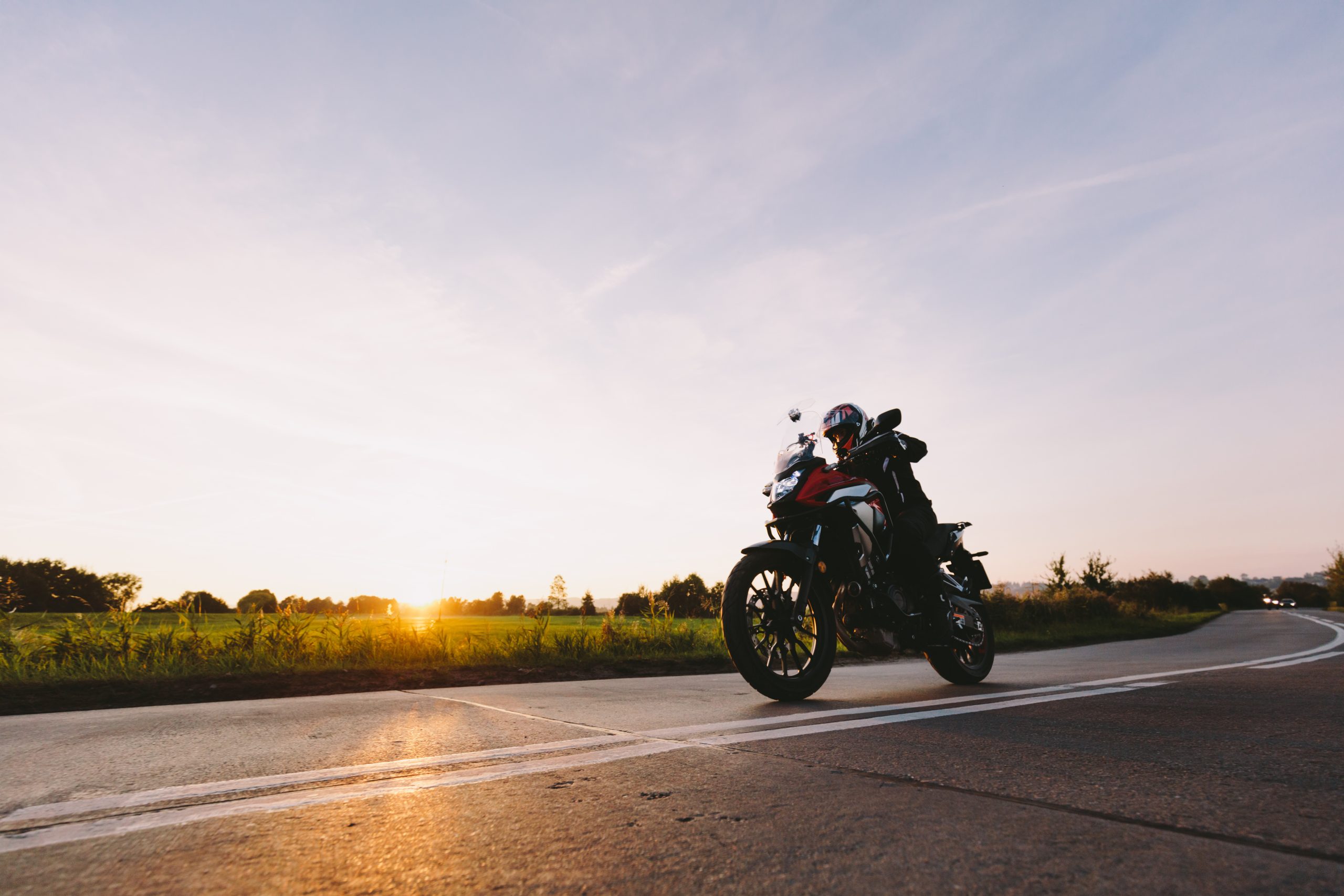Category: Vehicle Accidents
Is There a New Cellphone “Touch Law” for Minnesota Drivers?
July 14, 2025 | Barna, Guzy & Steffen, Ltd.
A rumor has been circulating on social media and across the internet that a new “touch law” went into effect on June 5, 2025, in 31 U.S. states, including Minnesota. The purported law bans handling or touching your phone while driving. This claim is misleading, however. Such a law did go into effect in Pennsylvania on June 5 and is known as “Paul Miller’s Law.” But the other states mentioned in the claim, including Minnesota, already have similar laws that have been in place for several years. In Minnesota’s case, the hands-free cell phone use law went into effect in 2019. So, while there is no new “touch law” in Minnesota, drivers should still act in accordance with the existing law. What is Minnesota’s Hands-Free Cell Phone Law? Minnesota’s hands-free law makes it illegal, in most cases, to use a handheld cell phone while driving. This includes when a driver’s vehicle is stopped at a traffic light or in a traffic jam. However, it is legal for drivers to use cell phones in hands-free mode. This means that drivers are permitted to use their phones through voice commands or with a single-touch activation. So, you are allowed to make or take phone calls, send or receive messages, listen to audio, and receive GPS…
Read MoreWhat to Do after a Car Accident
July 15, 2024 | Adriel B. Villarreal
No one plans to get in a car accident, but knowing the right steps to take in the event of one can help you stay safe and receive appropriate compensation. Protect your rights and calmly navigate the situation with these tips from the car accident attorneys at Barna, Guzy & Steffen on what to do after a car accident. 1. Stop your vehicle State law requires drivers to stop after an accident, even if it is minor. You also must stop regardless of who you believe to be at fault. If possible, pull off to the side of the road and out of the way of traffic. Just make sure to stay at the scene of the accident. 2. Check for injuries Health and safety are paramount. Check yourself and your passengers for injuries, then check the driver and occupants of the other vehicle. If anyone is seriously injured, call emergency medical services immediately. 3. Contact the police Even if the accident isn’t serious, police officers can help manage the scene and redirect traffic. They will also create an accident report, which you should ask for a copy of when possible. This can aid in both insurance claims and legal proceedings. Before the officers leave, write down their names and badge numbers as…
Read MoreCommon Motorcycle Accidents and How to Avoid Them
April 4, 2024 | admin
With the arrival of spring, motorcyclists are returning to the roads to capitalize on the warmer weather. But with increased traffic comes an increased need for safety. Motorcyclists are at greater risk for serious and fatal accidents than other motorists for several reasons. Motorcycles are smaller than cars and don’t offer the same protection. Many drivers don’t think to watch for motorcycles either, especially if they have never ridden one themselves. In this blog, we’ll examine three of the most common motorcycle accidents, how to avoid them, and how drivers and motorcyclists can safely share the road. The Left-Turning Car The most common collision involving a motorcycle occurs when a car turns left into the path of a motorcyclist. This usually happens when a driver is sitting at an intersection, waiting for a gap in oncoming traffic to make their left turn. The driver may not notice an approaching motorcycle due to its small size, or they may see it but underestimate its speed and attempt the turn anyway. If you are a driver waiting to turn left, pay careful attention to oncoming traffic and watch for motorcycles. Remember that despite their small size, they move as quickly as cars and should be treated with the same caution. If you are a motorcyclist…
Read More

